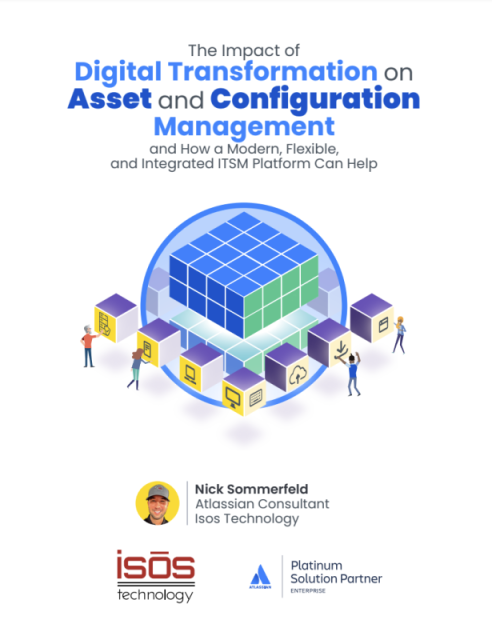The process of migrating to the Cloud is likely to be complex, and addressing the hurdles involving all stakeholders is crucial to ensure a seamless transition. Create a stakeholder management plan for cloud migration. To do so, you must identify and prioritize the key stakeholders, such as C-suite, finance, legal, procurement, and other internal units.
One of the common risks associated with cloud migration is overlooking the different categories of stakeholders who may be affected by the shift to Atlassian Cloud. Therefore, it's essential to identify these stakeholders, define their roles, responsibilities, and priorities, and involve them from the outset. Failing to include stakeholders may result in project delays, increased costs, and potential disruptions to your business operations.
According to experts at Adaptavist, key stakeholders to be involved include the project owner, project approver, systems admins, technical team, security/legal team, and end-users. The level of involvement and influence of each stakeholder should be determined based on the size of the company, the number of users, the company's objectives, legal obligations, organizational culture, and business continuity needs.
Considering the stakeholders' motivations and interests, a communications plan should be designed to secure their buy-in and support. The plan should include both benefits and potential risks or challenges of the migration.
This article draws from Adaptavist's extensive practical experience to guide you in identifying the critical stakeholders that need to be engaged in your cloud migration initiative and creating an effective stakeholder management plan.















